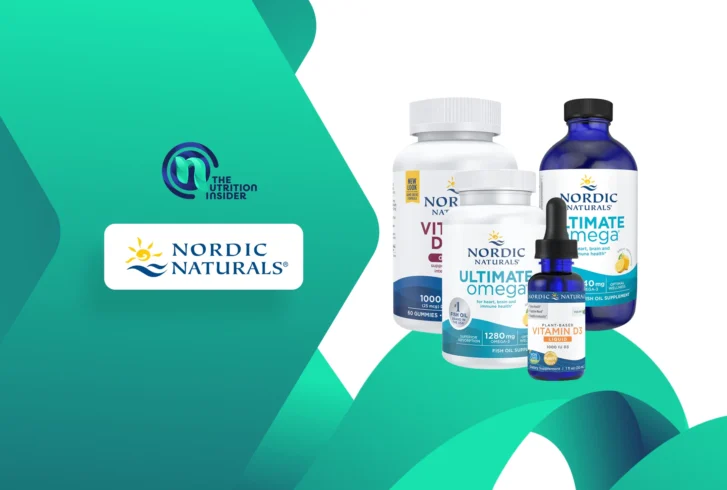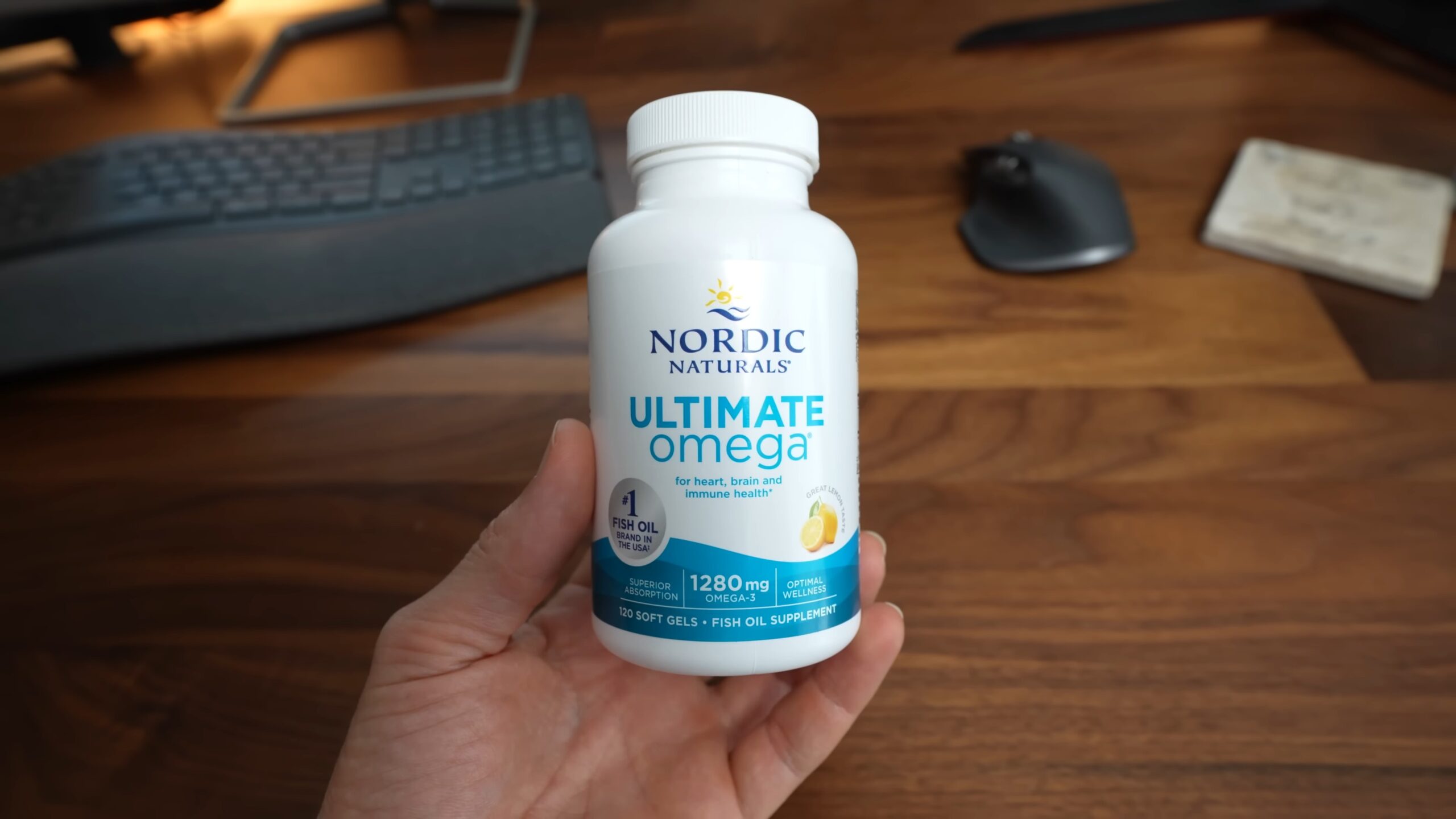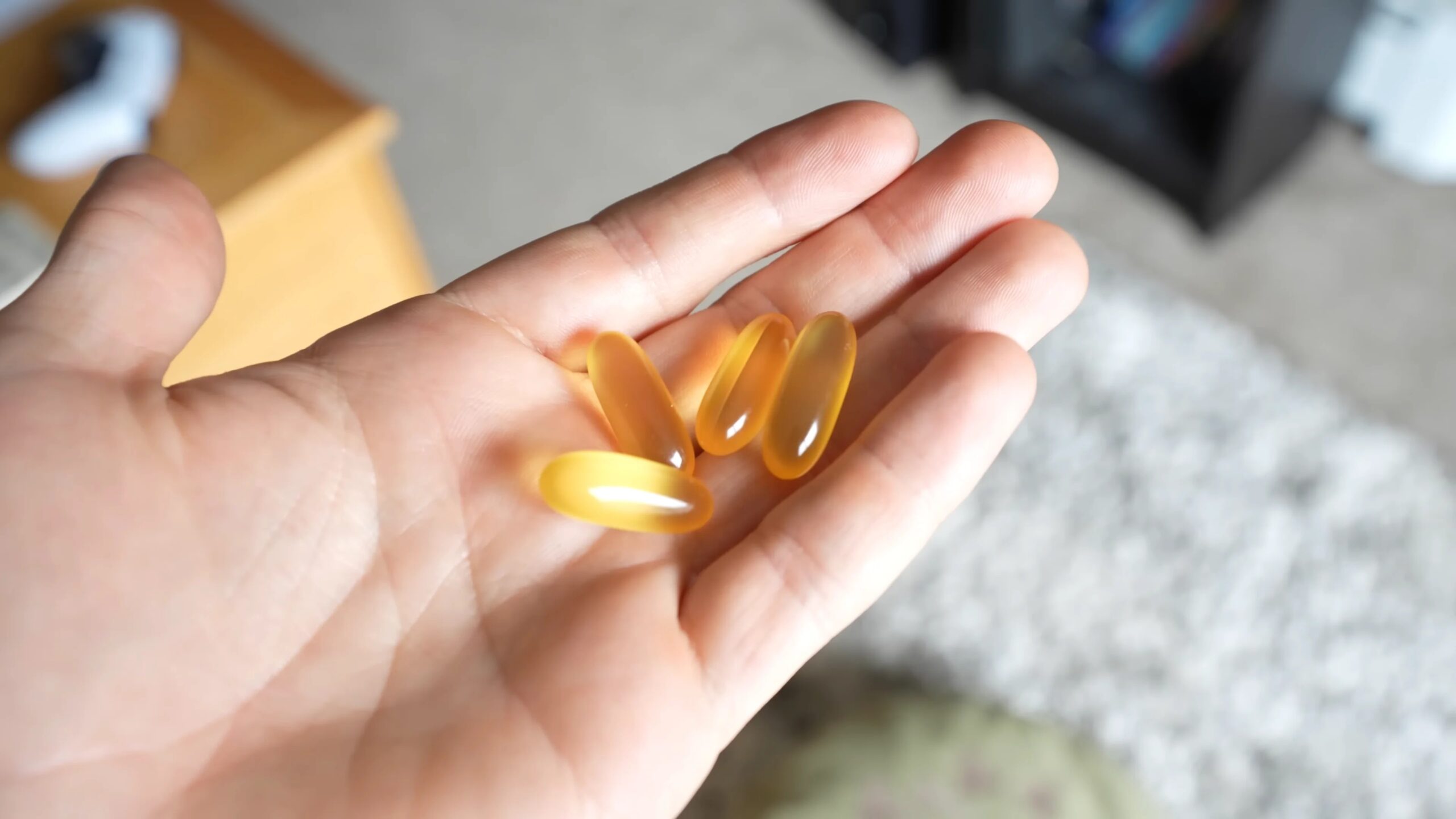Omega-3 fatty acids are a type of polyunsaturated fat that your body cannot make on its own, so you need to get them from your diet. They have many health benefits, such as supporting your heart, brain, and immune system, reducing inflammation, and improving your mood and memory .
There are different sources of omega-3 fatty acids, but not all of them are equally effective. In this post, we will compare Nordic Naturals, a leading brand of fish oil supplements, with foods high in omega-3, such as fish, nuts, and seeds.
More About Nordic Naturals
Nordic Naturals is one of the most trusted brands of omega-3 products, as they use only wild-caught, sustainably sourced fish from the cleanest waters. They also use a patented molecular distillation process to remove any impurities and ensure the highest concentration and freshness of omega-3.
The products are compliant with the European Pharmacopoeia Standard (EPS) and the Council for Responsible Nutrition (CRN), and are verified by the International Fish Oil Standards (IFOS) and the United States Pharmacopeia (USP).
Nordic Naturals offers a wide variety of products to suit different needs and preferences, such as capsules, liquids, gummies, and chews. They also have products for different life stages, such as prenatal, children, teen, women, and men.
You can choose products that contain different types and ratios of omega-3, such as EPA, DHA, and ALA, as well as products that contain other ingredients, such as probiotics, vitamins, minerals, collagen, coenzyme Q10, curcumin, and melatonin.
| Feature | Description |
|---|---|
| Quality and purity | Tested by third-party labs and certified by reputable organizations |
| Source and sustainability | Wild-caught, sustainably sourced fish from the cleanest waters |
| Variety and customization | Different forms, types, ratios, and ingredients of omega-3 products |
| Taste and convenience | Flavor, odor, and texture optimized for palatability and ease of consumption |
| Cost and value | Affordable and worth the price for the quality and benefits of the products |
When to Use Supplements?
The most important types of omega-3 are EPA and DHA, which are mainly found in fish and fish oil supplements. Plant sources contain ALA, which your body can convert into EPA and DHA, but only in small amounts.
Therefore, if you do not eat enough fatty fish, you may want to consider taking supplements. The American Heart Association (AHA) recommends adults take between 500–1,000 milligrams of omega-3 per day.
To ensure you’re not just focusing on omega-3 but also maintaining a healthy balance with omega-6, which is equally vital for your health, incorporating a variety of sources into your diet is key.
You can check the label of your supplement to see how much EPA and DHA it contains. Some people may need more omega-3 than others, depending on their health conditions.
For example, people with high triglycerides, a type of fat in the blood that can increase the risk of heart disease, may benefit from taking 2–4 grams of omega-3 per day under a doctor’s supervision.
People with rheumatoid arthritis, a type of inflammatory joint disease, may also benefit from taking higher doses of omega-3 to reduce pain and stiffness.
Why Choosing Products Like Nordic Natural is Easier Than Relying To Your Kitchen?
- Convenience: Taking a fish oil supplement is a quick and easy way to get your daily dose of omega-3, without having to cook or eat fish. You can simply swallow a capsule or a spoonful of liquid, or enjoy a gummy or a chew, depending on your preference. You do not have to worry about the freshness, quality, or availability of fish, or the time and effort required to prepare it. You can also take your supplement with you wherever you go, and consume it at any time of the day.
- Consistency: It ensures that you get a consistent and optimal amount and ratio of EPA and DHA, the two most important types of omega-3. You can check the label of your supplement to see how much EPA and DHA it contains, and adjust your dosage accordingly. You do not have to guess how much omega-3 you are getting from your food or vary your intake depending on the type, portion, and frequency of fish you eat.
- Taste: A well-known brand will optimize the flavor, odor, and texture of its products, and ensure that you get a palatable and enjoyable product that does not cause any unpleasant aftertaste, burps, or reflux.
How to Ensure Proper Intake Without Supplements?
The main reason why so many people choose a more convenient solution is because preparing food with the right amount of this nutrient will require a lot of time and planning.
The good news is that there are many foods that are rich in omega-3, especially fatty fish and seafood, but also some plant foods, such as nuts, seeds, and oils. In addition, you can include some plant foods that are high in ALA in your diet, such as flaxseeds, chia seeds, walnuts, soybeans, and canola oil.
These foods are also rich in fiber, antioxidants, and other healthy fats, which can benefit your health in other ways. However, you should not rely on them as your main source of omega-3, as they are not as effective as fish and seafood.
Average amount per 100g
| Food | Omega-3 (mg) |
|---|---|
| Salmon | 2,150 |
| Mackerel | 4,580 |
| Herring | 2,150 |
| Sardines | 1,480 |
| Oysters | 329 |
| Shrimp | 295 |
| Scallops | 267 |
| Flaxseeds | 22,800 |
| Chia seeds | 17,500 |
| Walnuts | 9,080 |
| Soybeans | 1,330 |
| Canola oil | 9,360 |
Keep in mind that how you prepare the food can also affect the amount of this essential nutrient. Here are some tips to maximize the intake solely with your diet:
- Choose wild-caught, sustainably sourced fish from the cleanest waters, as they have higher and purer omega-3 than farmed or contaminated fish. You can check the labels and certifications of the fish you buy, or use a seafood guide to help you choose the best fish.
- Freeze the fish as soon as possible after buying or catching it, as freezing helps retain the omega-3 and prevents oxidation and rancidity. You can also vacuum-seal the fish before freezing to protect it from air exposure and freezer burn.
- Cook the fish by baking, broiling, steaming, or grilling, as these methods cause minimal loss of omega-3 and do not add unhealthy fats or toxins to the fish. Avoid frying, canning, or microwaving the fish, as these methods can destroy up to 85% of the omega-3 and change the fatty acid profile of the fish.
- Use a low to medium heat and a short cooking time, as high temperatures and long cooking times can also reduce the omega-3 and cause oxidation and rancidity. Cook the fish until it flakes easily and reaches an internal temperature of 145 degrees Fahrenheit.
- Combine the fish with olive oil, lemon juice, herbs, or spices, as these ingredients can add extra protection and flavor to the omega-3. Olive oil is rich in antioxidants and healthy fats, lemon juice is acidic and prevents browning, and herbs and spices can enhance the taste and aroma of the fish.
- Store the cooked fish in an airtight container in the refrigerator for up to 3 days, or in the freezer for up to 3 months. Reheat the fish gently and briefly, or eat it cold or at room temperature, to avoid further loss of omega-3.
FAQs
How do I choose the best omega-3 supplement?
You should choose an omega-3 supplement that is tested by third-party labs and certified by reputable organizations, such as the International Fish Oil Standards (IFOS) and the United States Pharmacopeia (USP). You should also check the label of the supplement to see how much EPA and DHA it contains, and adjust your dosage accordingly.
Why is Nordic Naturals a good brand of omega-3 supplements?
Nordic Naturals is a good brand because they use only wild-caught, sustainably sourced fish from the cleanest waters, and use a patented molecular distillation process to remove any impurities and ensure the highest concentration and freshness of omega-3.
What are the side effects of omega-3 supplements?
They are generally safe and well-tolerated, but some people may experience some side effects, such as nausea, diarrhea, bloating, gas, or burping. These side effects are usually mild and can be reduced by taking the supplement with food, lowering the dose, or choosing a high-quality product, such as Nordic Naturals, that optimizes the flavor, odor, and texture of its products.
Can I take omega-3 supplements with other medications or supplements?
These supplements can interact with some medications or supplements, such as blood thinners, blood pressure drugs, or anticoagulants, and increase the risk of bleeding or bruising. Therefore, you should inform your doctor about all the medications and supplements you are taking, and follow their advice on the dosage and timing
Summary
As you can see, choosing a product provided by this brand is a like a shortcut that will help you maintain a balanced diet. However, it is important to track your health condition so that you can know whether supplements are needed, and in what amount. If the answer is yes, Nordic Natural is surely the best option.

















